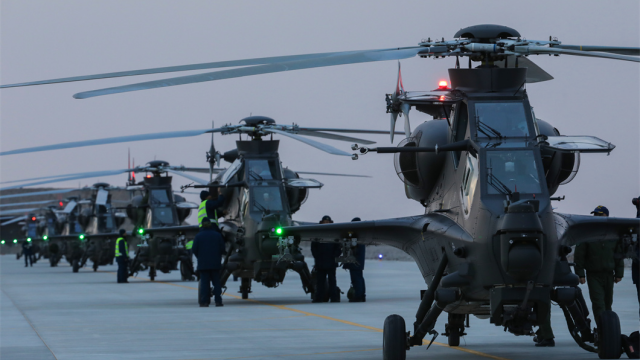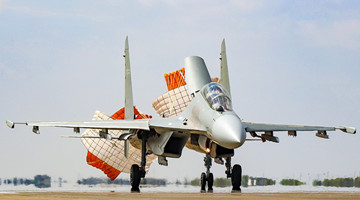By Cui Yunsheng and Lan Shunzheng
Foreign media report that the USS Ronald Reagan recently began carrier landing training in waters off Iwo Jima that is expected to last till June 10 to get ready for the formal deployments later, indicating that America’s aircraft carriers that were stranded because of the COVID-19 pandemic are partially resuming their activities.
The US military announced that 6 of the 11 berthed aircraft carriers had sailed back to the sea, but some were only operating in littoral waters without resuming substantial military operations.
In a way, the US military’s high-profile announcement that over half of its carriers are back to the sea is to enhance its presence at this critical moment, eager to demonstrate its show of force in the Pacific Ocean.
Not being immune to the COVID-19 outbreak ravaging all over the world, the US military seems to think that the news about its carriers back to the sea at such a special time can restore its image.
Previously at least four of its aircraft carriers have reported confirmed COVID-19 cases, namely the USS Ronald Reagan, USS Theodore Roosevelt, USS Nimitz, and USS Carl Vinson. In other words, all the carriers scheduled to be deployed in the Pacific Ocean in the first half of this year have reported confirmations.
The thorny thing is that it’s difficult to implement effective quarantine on the carriers due to the high crowd density, which makes virus transmission much easier and quicker, not to mention that there is a high probability of a relapse on board now that the carriers are dispatched out again.
The US military is also eager to invigorate the morale by getting the aircraft carriers on the move. Previously captain Brett Crozier of USS Theodore Roosevelt sent a letter to the navy leadership asking them to let confirmed sailors land and put them on quarantine as soon as possible.
He was deposed by Acting Navy Secretary Thomas Modly after the letter went out in public, soon followed by Modly’s resignation amid a whirlwind of public opinions.
While captain Crozier was punished for protecting his sailors, Modly’s resignation was out of public opinion pressure, a string of events that undoubtedly cast a heavy shadow over the US navy.
Such negative news has inevitably put America’s allies, especially those in the Asia Pacific, on pins and needles. Washington knows perfectly well that it’s time to take some actions to win back the allies’ confidence in its military strength.
In addition to releasing the news about its reactivated carriers, the US military also staged last month an “elephant walk” of multiple B-52H strategic bombers at the Andersen Air Force Base, Guam, the important strategic pivot of its West Pacific combat system and a hub connecting the homeland and East Asia.
By demonstrating its strengths there, the US intended to tell the world that it is still capable of deterring the potential regional rivals and co-opting its allies while invigorating the morale that’s been hit hard by the COVID-19 outbreak.
But it’s uncertain to what extent the news about its aircraft carriers’ maneuvers and the “elephant walk” of strategic bombers are going to recover the US military’s image.
The cloud of the outbreak is still shrouding, and the health and security of American service members is the biggest test to its combat capabilities.









